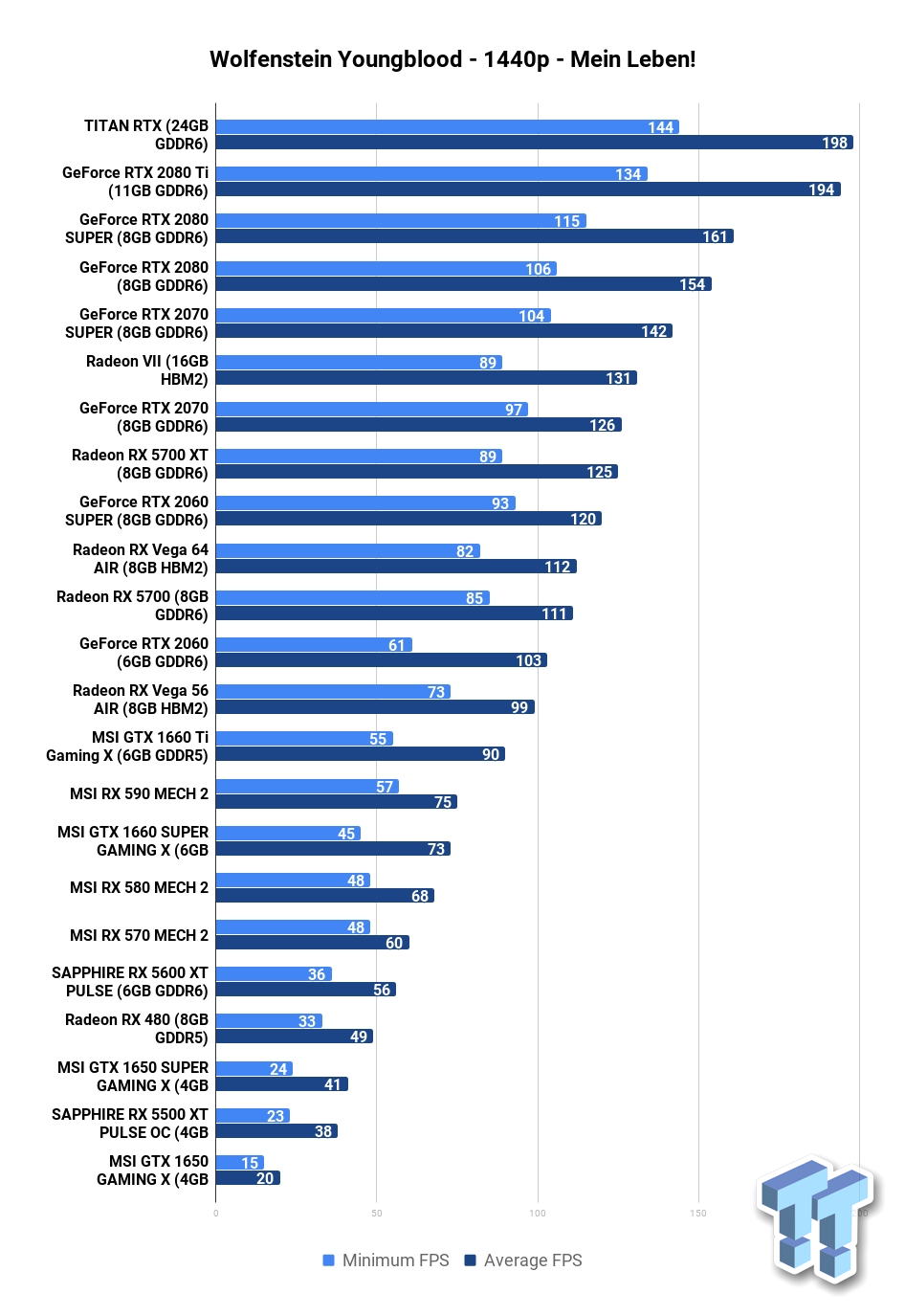Another one: https://www.overclock3d.net/reviews...d_-_a_major_boost_for_modern_graphics_cards/1
Doesn't look like a big boost, I've expected more actually. But at least it isn't slower than D3D11 anywhere.
Turing, Vega and RDNA all seem to get pretty nice bumps to me, but I guess that's just a difference of expectations. Pascal can't take advantage of the async compute changes they made.
Edit:
https://www.ubisoft.com/en-ca/game/rainbow-six/siege/news-updates/6VFn74oMO2nVQGZxvFhBb5
The team experimented with dx12 but found better utilization on the cpu with vulkan.
Last edited:

